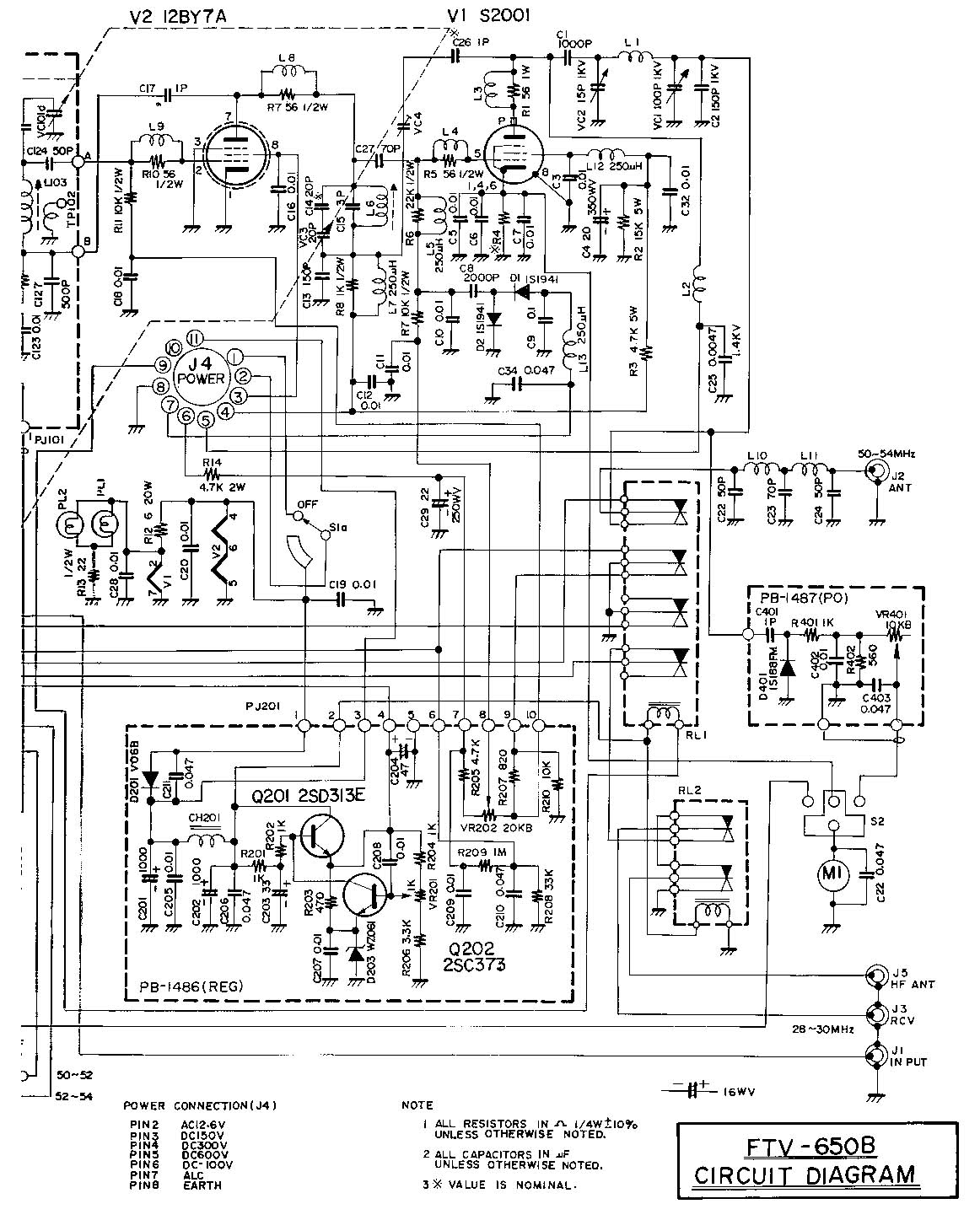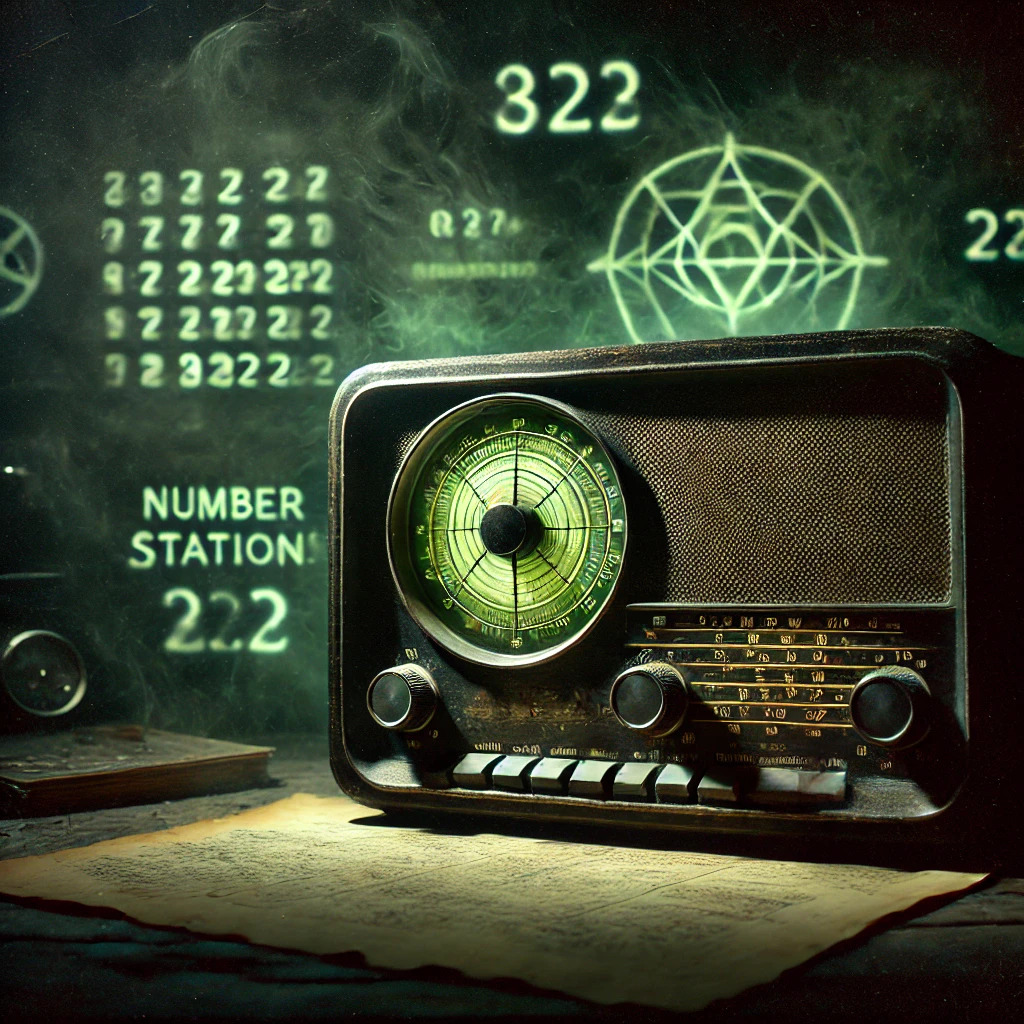A Childhood Memory and a Mysterious Signal
When I was a child, my father was a passionate radio enthusiast. He had built a small radio station at home, through which he communicated with other enthusiasts across Italy. Sometimes, he would talk to a truck driver on the road, other times to someone in Milan, and occasionally, we would discover that a neighbor shared the same passion without us ever suspecting it. I loved watching him chat, but what fascinated me the most was seeing him build and perfect his radio station. His eyes shone with excitement, like a child in a toy store.
One quiet autumn evening, something unusual happened. My father was searching for new frequencies when he suddenly picked up a strange signal. His smile widened, his excitement was palpable—he seemed to have discovered a hidden treasure in the airwaves. A deep male voice came through the radio speaker, repeating a series of numbers with no apparent meaning. I was too young to understand what was happening, but I saw my father rush to contact his fellow radio operators, urging them to tune in and listen. Some quickly responded, excited to have heard the mysterious transmission, while others could only hear static. My father tried to retune, but it was too late—the signal had vanished into thin air.
His face darkened with disappointment. Without the internet or accessible databases, he had no way of knowing what he had just listened to. Many years later, I realized that, by pure chance, my father had intercepted a Number Station.
Number Stations: The Mystery of Encrypted Radio Transmissions
In the vast and mysterious world of radio communications, there exists a phenomenon that has fascinated enthusiasts, conspiracy theorists, and radio amateurs for decades: Number Stations. These enigmatic shortwave radio transmissions broadcast sequences of numbers, letters, or repetitive sounds, often in robotic or childlike voices, with origins shrouded in mystery.
What Are Number Stations?
Number Stations are radio transmissions that broadcast on shortwave frequencies, often in a repetitive and almost hypnotic manner. In most cases, a voice—either male, female, or synthetic—recites a series of numbers, letters, or seemingly meaningless words. Sometimes, these broadcasts begin with a melody or a repeated sound signal. Some believe these sounds hold encoded meanings, while others think they simply serve to attract the attention of their intended listeners.
It is widely believed that these stations were (and in some cases still are) used to transmit encrypted messages to spies operating worldwide. Thanks to the nature of shortwave radio, signals can travel thousands of kilometers, allowing covert communication with agents in remote locations. The main advantage of this method is that, unlike digital communications, it leaves no trace. Anyone can tune in, but only those with the right decryption key can understand the message.
Number Stations were particularly prevalent during the Cold War, when nations used ingenious methods to send secret messages to field agents. This system allowed secure and anonymous communications, leaving no tangible evidence behind.
Famous Examples
Over the years, many Number Stations have been intercepted and recorded by radio enthusiasts. Here are some of the most well-known cases:
- The Lincolnshire Poacher – One of the most famous Number Stations, it broadcast a repetitive melody followed by a sequence of numbers read in English. It is believed to have been operated by the British MI6 from a military base in Cyprus. The opening melody, taken from the traditional English folk song "The Lincolnshire Poacher," made this station instantly recognizable.
- UVB-76 (The Buzzer) – One of the most eerie and still active Number Stations. It transmits a constant buzzing sound, occasionally interrupted by voices reading names and numbers. Its exact function remains unknown, but some speculate it is linked to Russian military communications or a strategic alert system.
- E03 "The Counting Station" – A station that broadcast a female voice reading numbers in English, likely linked to Anglo-American intelligence operations. It was known for its almost mechanical tone and methodical structure.
- The Swedish Rhapsody – Characterized by a childlike voice reciting numbers after a melancholic tune. Its ethereal and surreal sound made it one of the most unsettling Number Stations ever intercepted. Some theorize it was a deliberate attempt to disguise the transmissions as innocent.
Who Operates These Stations?
Number Stations have often been attributed to the intelligence agencies of various nations, including the United States, United Kingdom, Russia, China, and Israel. There is no official confirmation, but numerous pieces of evidence suggest that they may have been (or still are) used to send information to covert agents.
The use of one-time pad ciphers, an encryption system that is impossible to break without the correct key, would make these broadcasts extremely secure. A field agent could receive a message without the risk of it being intercepted or decrypted by third parties. This technique was widely used during the Cold War, and according to some experts, it may still be in use today.
How to Listen to Number Stations Today
Despite the end of the Cold War, some Number Stations appear to still be active. Anyone interested in listening to them can do so with a shortwave radio tuned to the right frequencies. Some tips:
- Get a shortwave radio – Preferably with a good antenna to improve reception.
- Check online databases – There are communities of radio enthusiasts who monitor Number Stations and report active frequencies.
- Listen at the right times – Many Number Stations transmit at specific hours, often at night, when atmospheric conditions favor radio wave propagation.
The Mystery Continues
Even today, Number Stations remain an enigma. Are they merely relics of the Cold War, or do they still serve a purpose in modern espionage operations? The answer lies hidden in the radio waves, waiting to be intercepted by those who know how to listen.
A Personal Discovery: The Radio That Captured the Signal
After doing some research and reviewing various old photographs of my father's radio setup, I’m now certain that the radio he was using during that mysterious transmission was a Yaesu FT-101. This iconic piece of equipment, with its versatile range and advanced features, was the perfect match for the strange signal he intercepted. The FT-101, released in the late 1960s and popular throughout the 70s and 80s, offered a broad frequency coverage from 160 meters to 10 meters (1.8 MHz to 30 MHz), which included the shortwave bands often used by Number Stations.

Source - Wikipedia
Key Features of the Yaesu FT-101:
- Wide Frequency Coverage: The FT-101 could tune into a wide range of bands, from HF (High Frequency) to VHF (Very High Frequency), making it capable of picking up Number Stations across several shortwave frequencies.
- Multiple Modes: The radio supported several modes of transmission, including AM (Amplitude Modulation), SSB (Single Side Band), and CW (Continuous Wave), all of which were commonly used by Number Stations. These modes allowed the FT-101 to capture both voice transmissions and Morse code signals.
- Variable Bandwidth Filters: The FT-101 featured adjustable filters that enhanced the reception of weak or distant signals, perfect for isolating the clear but often faint broadcasts of Number Stations from background noise or interference.
- High-Quality Receiver: Known for its high sensitivity, the FT-101’s receiver could pick up even the most elusive signals, making it ideal for discovering mysterious broadcasts like the one my father intercepted.
- Solid Construction: Built to last, the FT-101's robust design meant it could handle extensive use, which was ideal for an avid radio operator like my father, who spent hours fine-tuning his station.

Circuit - Diagram - Source - qsl.net
Looking back, it's fascinating to think that this specific radio, which I once saw as just another tool in his collection, played a crucial role in one of the most mysterious moments of my childhood. The Yaesu FT-101 wasn’t just a radio—it was a gateway to the hidden world of encrypted transmissions, and it is now forever linked to that night when my father captured the eerie Number Station signal.








Leave a Comment